Looking for Rabbie Burns in Edinburgh
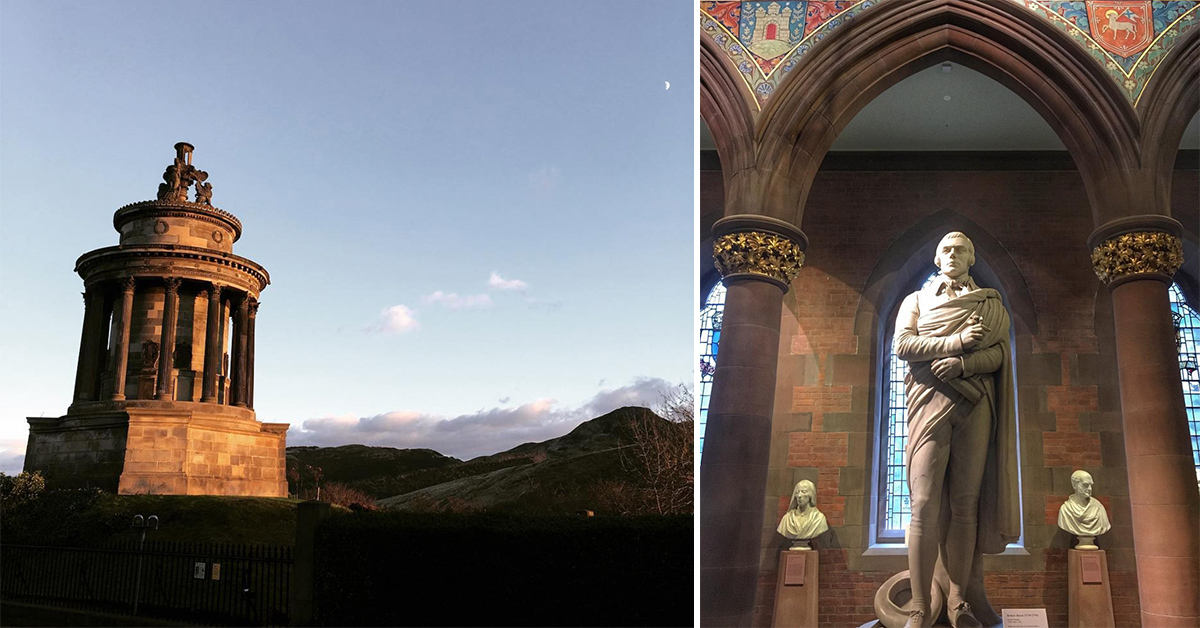
Known as Scotland’s most famous poet, there are more monuments and memorials dedicated to Robert Burns than any other writer in the world. Though not from Edinburgh, the Bard of Ayrshire made his mark on both the streets and the people of the capital.
There are many ways to toast the Bard but what better way than to walk in his footsteps? Throughout Edinburgh you can find traces of the romantic poet, some hiding in plain sight, others tucked away in museums and libraries. We’ve selected a few of our favourite spots to visit, where the spirit of Burns can still be found.
Looking for Rabbie Burns in Edinburgh
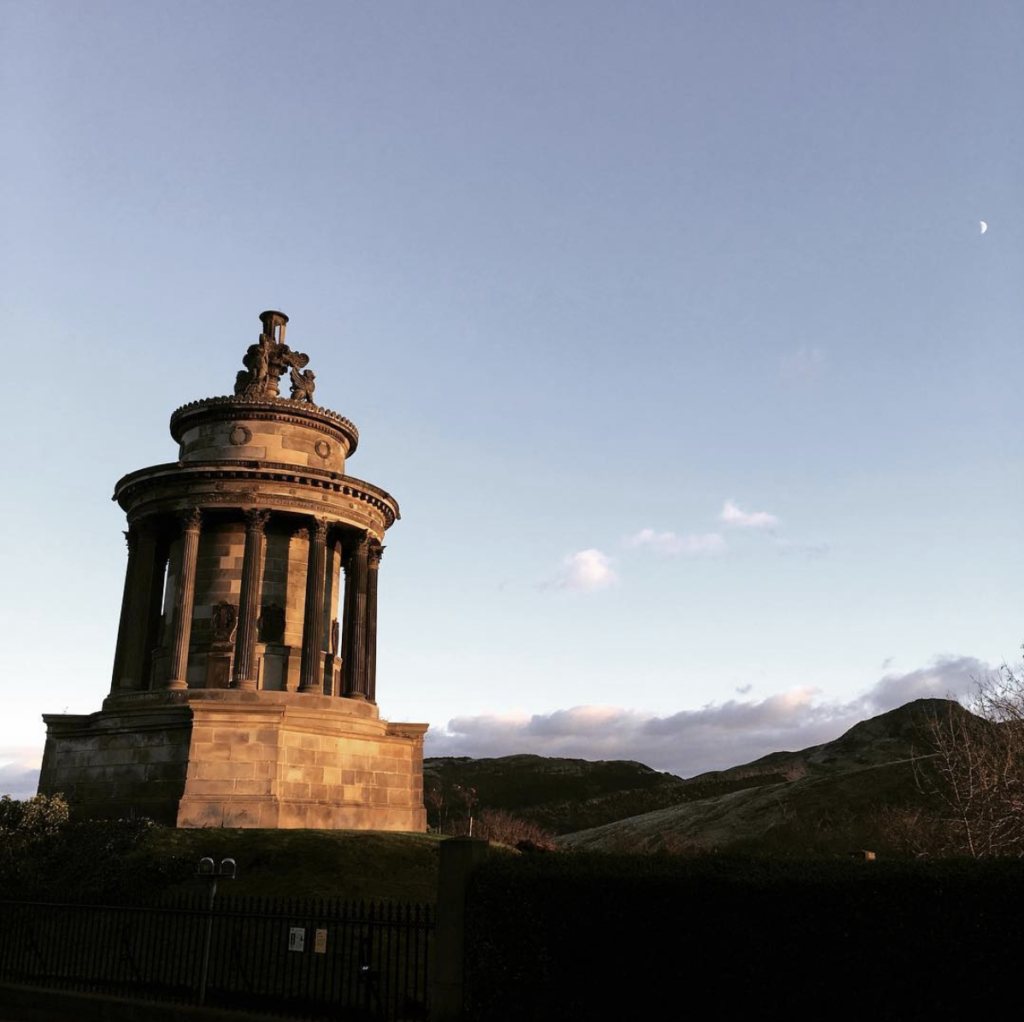
Photo: @dickins_edinburgh
The Burns Monument on Calton Hill
Calton Hill is famous for its incredible views of the city, but perhaps less famous for the Burns Monument. You’ll find this grand neo-classical monument just off Regent Road, on the southern side of Calton Hill looking out to Arthur’s Seat. Construction began in 1831 and the architect was Thomas Hamilton, who also designed the Royal High School across the road and George IV Bridge, among other Edinburgh landmarks. Modelled on classical Greek architecture, it was reopened in 2009 following extensive restoration work.
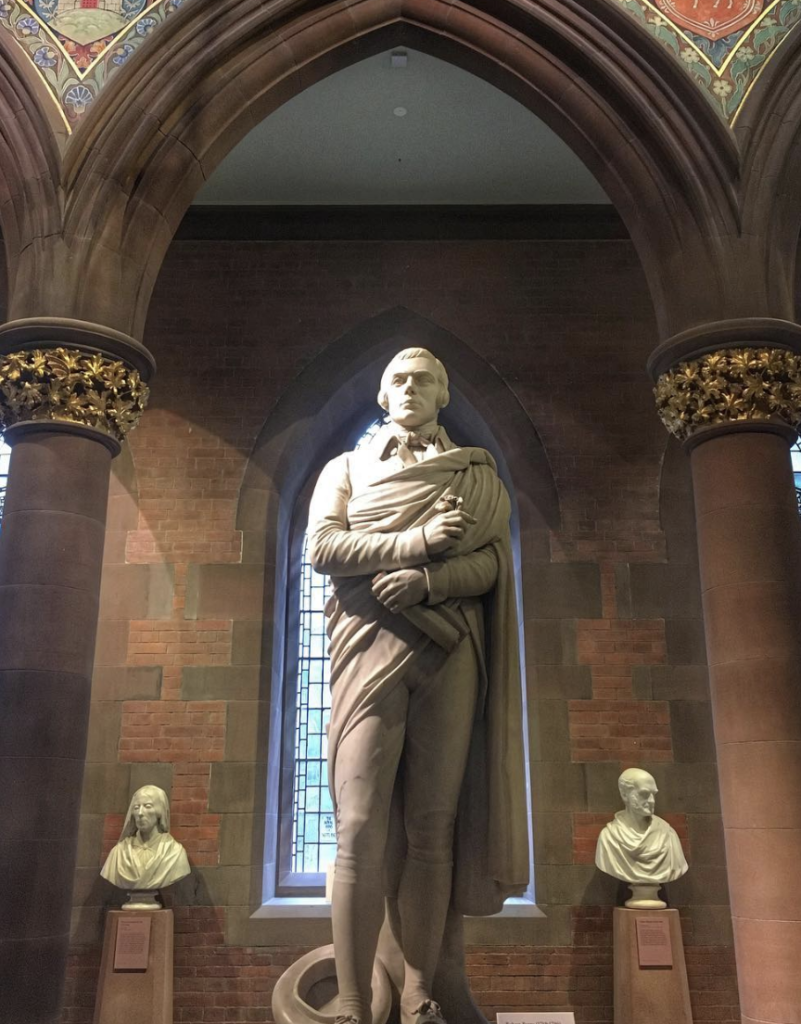
Photo: @dickins_edinburgh
Scottish National Portrait Gallery
In November of 1786 Burns jumped on a pony and set out for Edinburgh. Within a month of arriving, he had already sold the copyright to Poems, Chiefly in the Scottish Dialect, which was published in April the following year. For the edition, a portrait of Burns was commissioned to provide a frontispiece for the book. Today, the oval bust-length painting is hanging in the Scottish National Portrait Gallery.
Also in the gallery is a life-size marble statue of Burns, situated in the magnificent main hallway of the gallery. The sculpture was originally housed in the Burns Monument on Regent Road but was moved inside to prevent damage by air pollution.
Leith Burns Statue
It is well-known that Burns had a philandering streak about him and he entertained several love affairs throughout his short life. The port-town of Leith was in fact the birthplace of his illegitimate child by Anne Park, whom Burns wrote several love songs to. Elizabeth Park was born not long before he had twins with Jean Armour, who would later become his wife. Jean agreed to take Elizabeth in and little was known about Anne following her daughter’s birth.
In the centre of where Constitution Street meets Bernard Street, there is a statue of Burns, erected in 1898 by the Leith Burns Club. The statue is engraved with scenes from Burns’ poems, including The Cottar’s Saturday Night, and Scotch Drink. A walk towards the shore will put you right in the footsteps of Burns, a place he was known to visit. He mentions the pier at the Water of Leith in My Bony Mary.
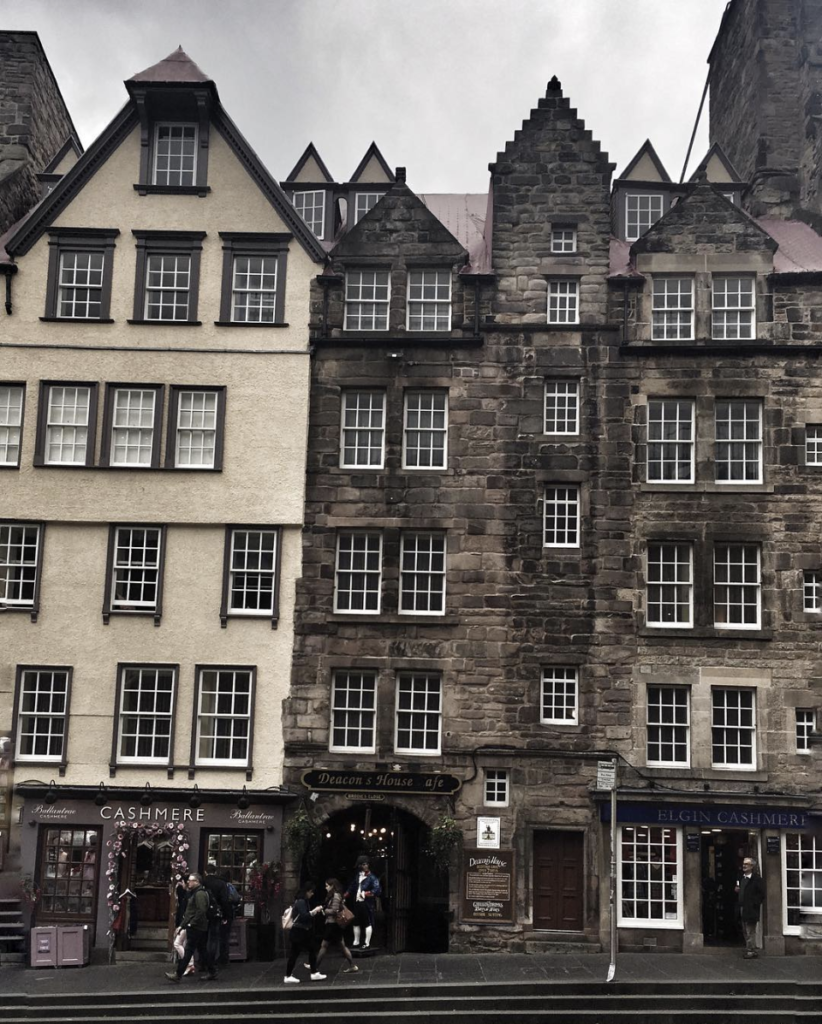
Photo: @dickins_edinburgh
Royal Mile
The Royal Mile is home to many famous literary locations, and Burns is no exception with several noteworthy landmarks to visit.
Starting near the bottom of the Royal Mile you will find the Canongate Kirkyard and a statue not of Burns but rather one of a man whom he idolised at the time, Robert Fergusson. Burns was greatly influenced by Fergusson’s egalitarian ideas about social equality and not least the fact that he wrote in Scots. Upon discovering that Fergusson had been laid to rest in an unmarked grave, he purchased a headstone for him that can be seen in the kirkyard today.
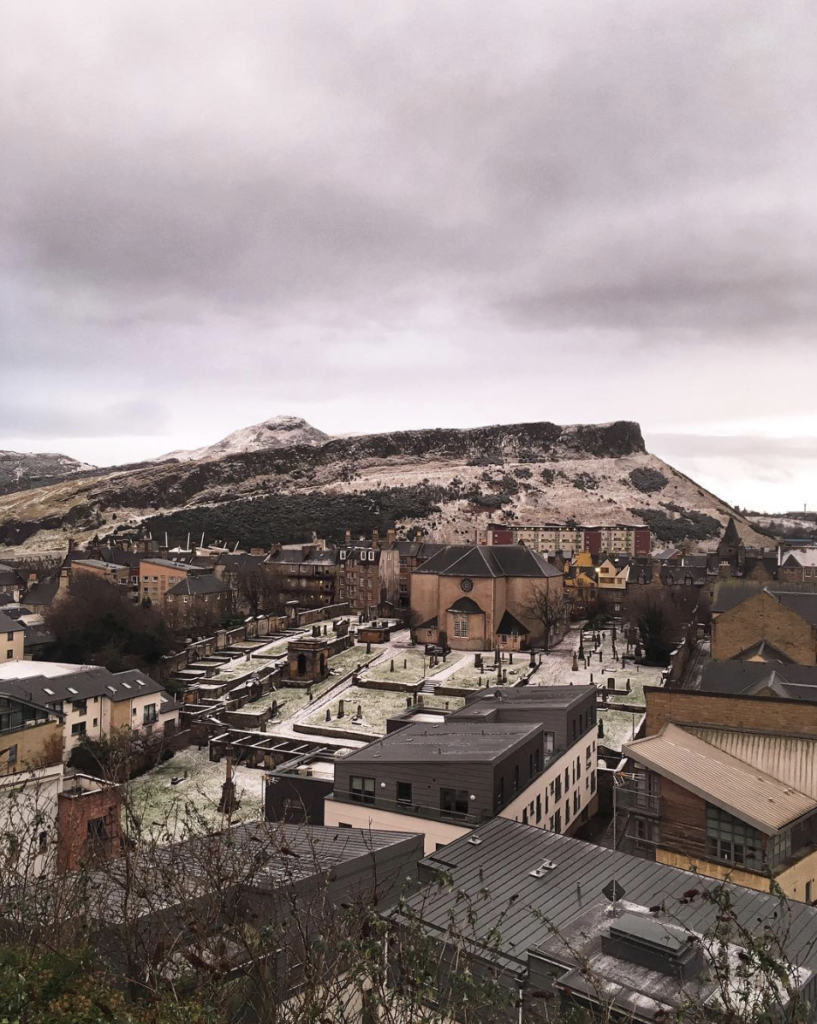
Photo: @dickins_edinburgh
Close to the church is the Scottish Poetry Library, possibly the worlds largest collection of Scottish poetry. This bright and welcoming environment has an open door policy, with beautiful wooden floors, comfortable chairs for reading and a children’s play area. The library is dedicated to helping people discover and cherish poetry for themselves. Burns is just one of the many poets featured in the collection. Dedicated librarians are on hand to help – perhaps there’s a text you can’t remember all the worlds to or a poem you need for a special occasion – they’re passionate about poetry.
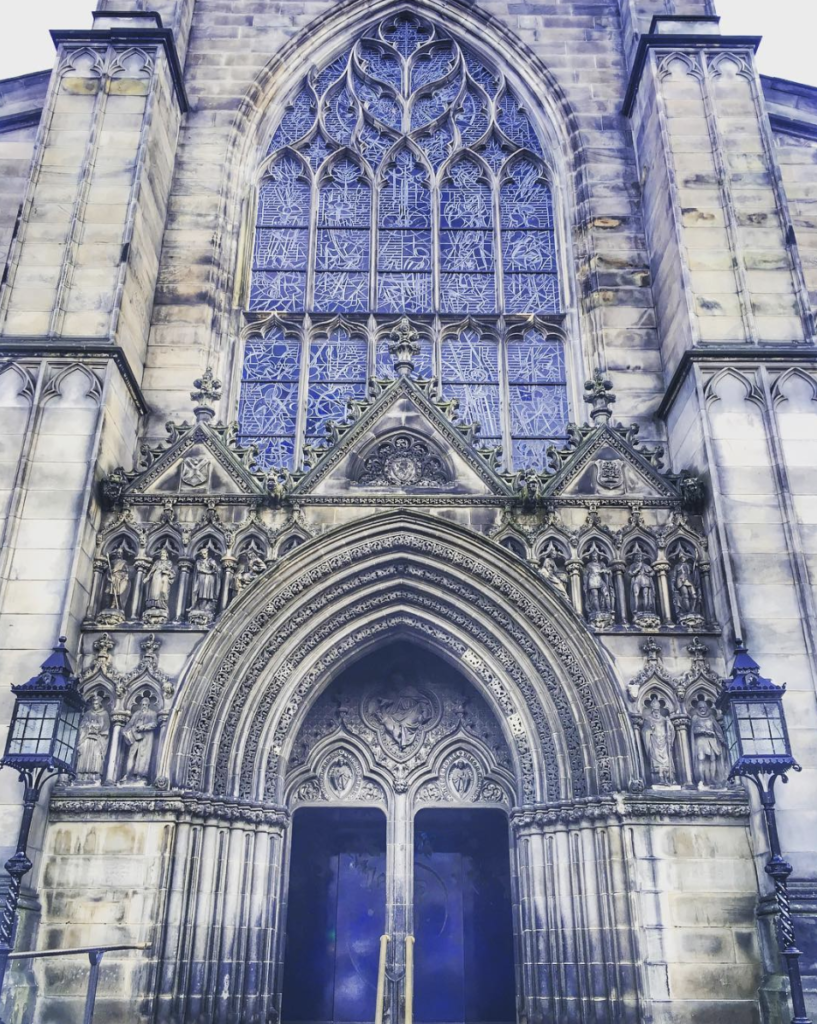
Photo: @dickins_edinburgh
Back on the Mile, a visit to St Giles’ Cathedral is well worth it, with its beautiful stained glass window dedicated to the bard. The window was installed in 1985 and designed by Icelandic artist Leifur Breidfjord. It celebrates the life and work of Burns in three parts, from his humble farming background to his intellectual ideas and influence on Scottish culture.
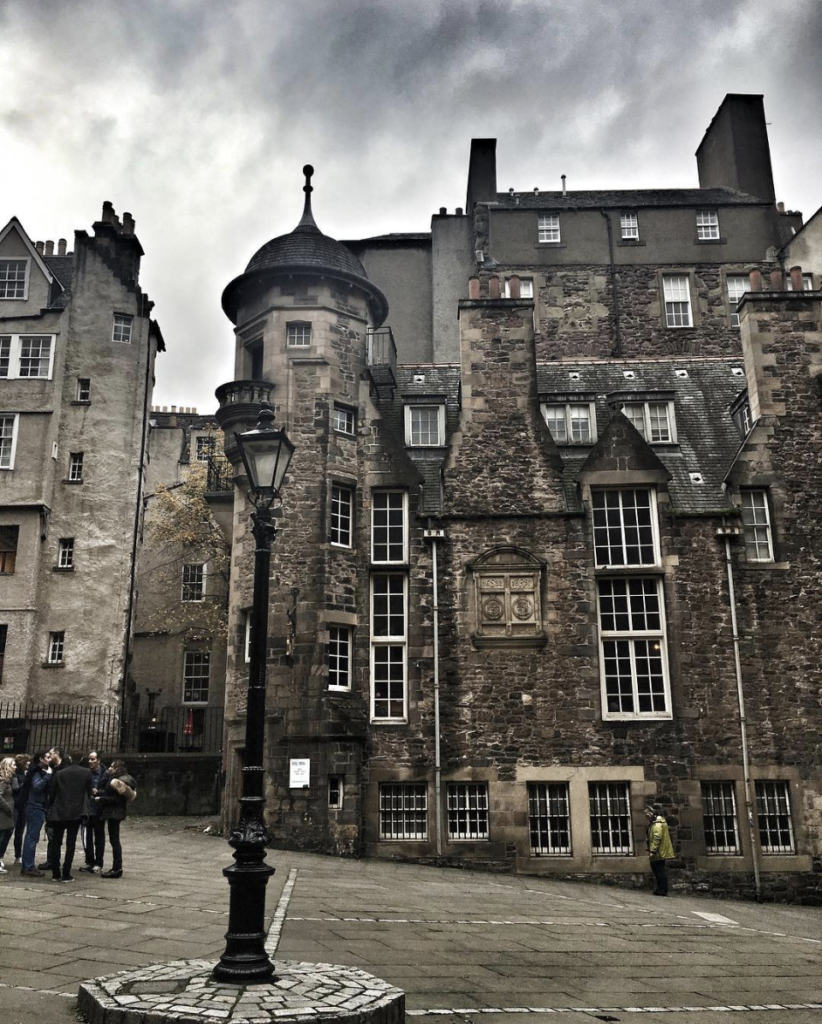
Photo: @dickins_edinburgh
Continuing up to Lady Stair’s Close, you will find a plaque above the entrance, which marks Burns’ first stay in Edinburgh in 1786, when it was Baxter’s Place. Further down the close you will find the entrance to The Writer’s Museum and Makar’s Court. Makar is the Scots word for a poet and Makar’s Court is a monument dedicated to Scotland’s writers, paved with quotation-engraved stones. Inside the museum, artifacts evoke the illustrious lives of Scotland’s best-known writers. Most noteworthy is Burns’ writing desk from his home in Dumfries as well as letters, portraits, poems and manuscripts. The museum isn’t just a celebration of Scottish writers past but also a showcase of Edinburgh as today’s UNESCO City of Literature. Entrance is free.
If you are visiting Edinburgh, in search of Rabbie Burns or not, Dickins can provide a home from home, offering the best self catering accommodation experience in Edinburgh! Our Carlton Terrace home in the East New Town is the perfect location for Rabbie Burns hunting!
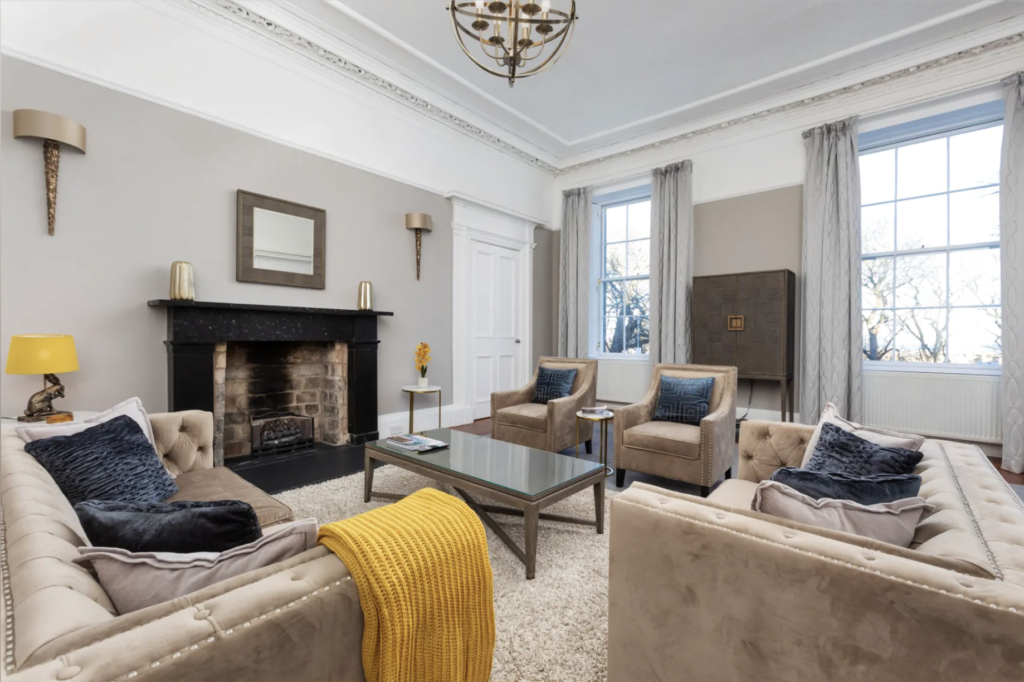



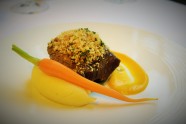


Leave a Comment